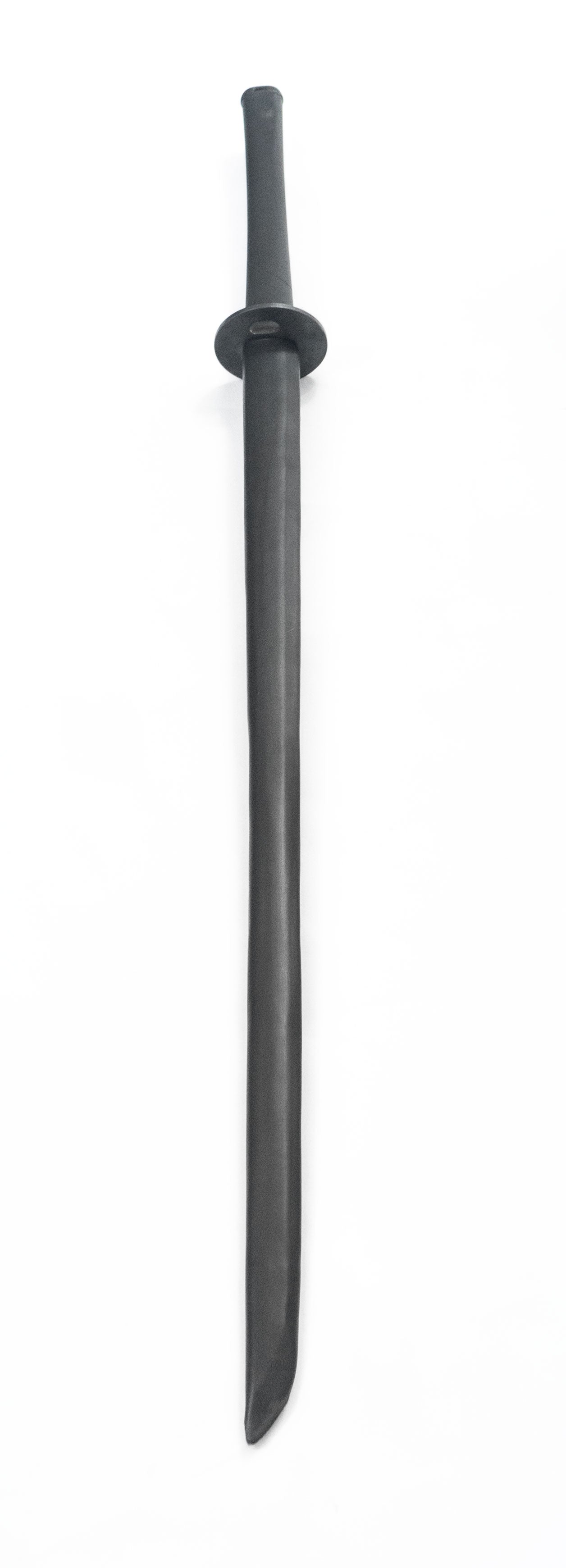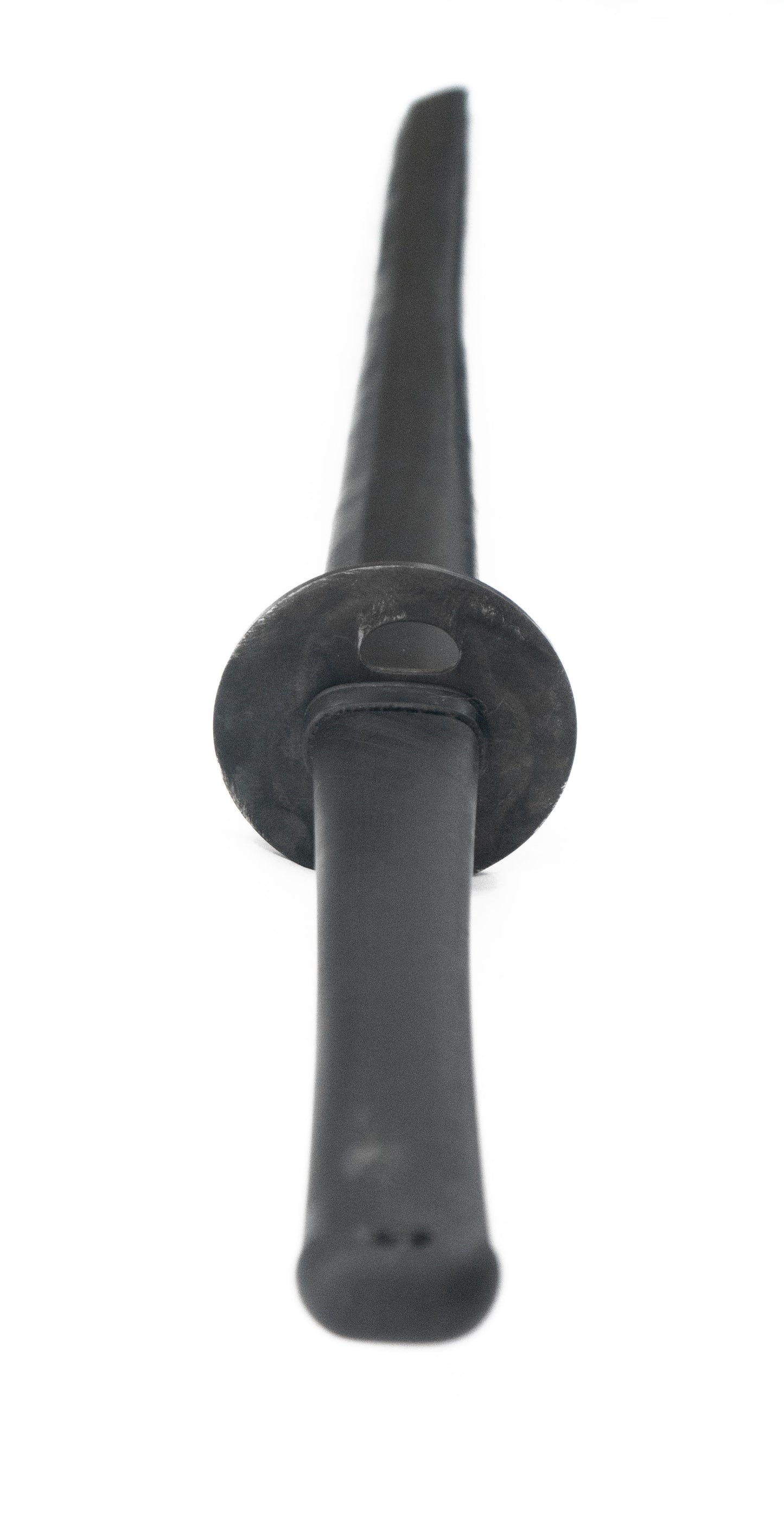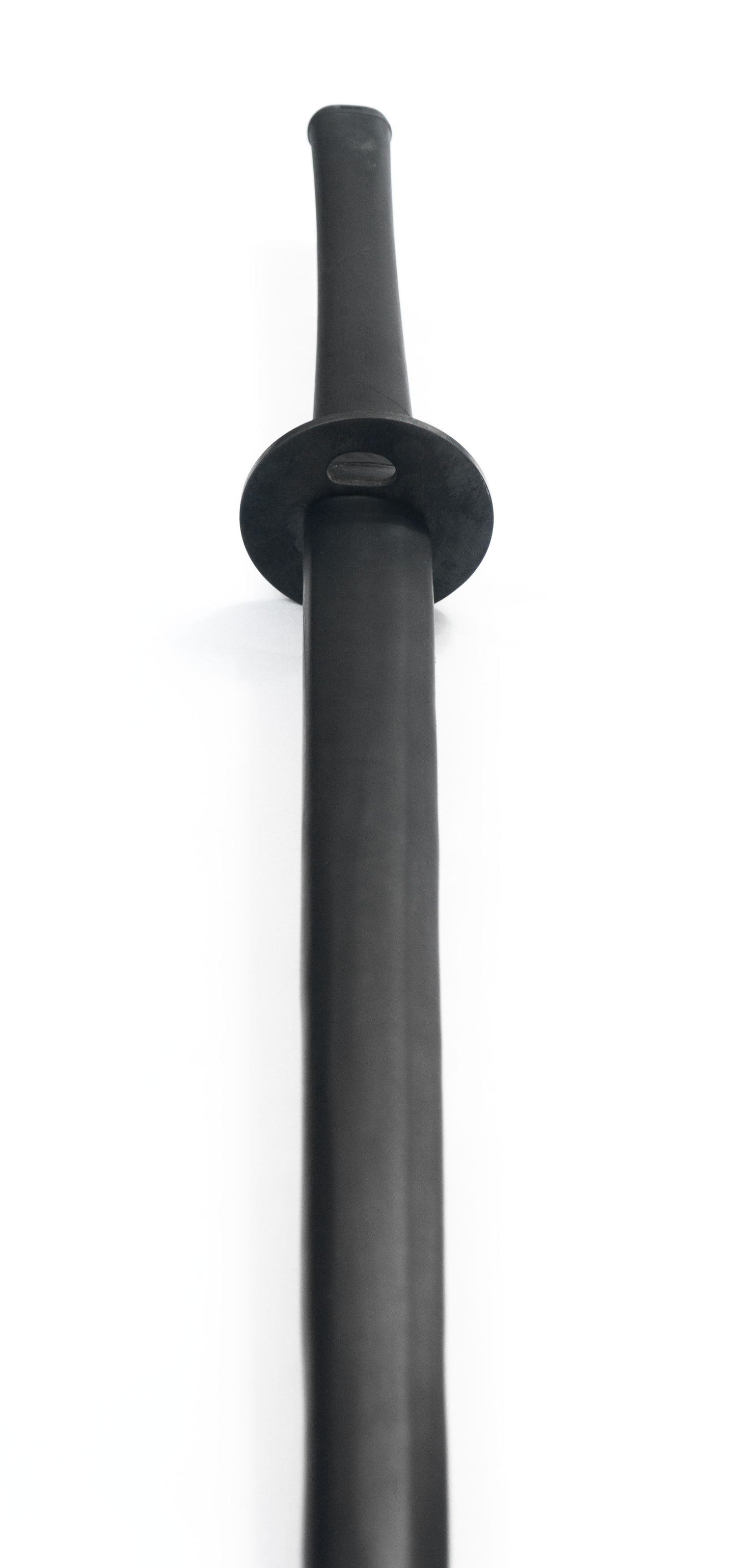SCHOLWAR ARMORY 戎斌武備
Bakumatsu Katana
Bakumatsu Katana
Couldn't load pickup availability
Straight Blade Specifications:
Blade Length: ~72 cm
Handle Length: ~26 cm
Point of Balance (POB): ~13 cm from the guard
Weight:
Master Version: ~950g
Standard Version: ~830g
Intro Version: ~500g
---
Note: Slight differences may occur due to hand-made craftsmanship.
---
Bakumatsu Katana - Historical Significance:
The Bakumatsu Katana refers to the swords from the late Edo period, especially those associated with the Shinsengumi, a group loyal to the Tokugawa Shogunate. These swords became symbols of loyalty and resistance during a period of intense political upheaval.
The Kinnoto (勤王刀), or "Loyalist Swords," were carried by those who supported the Emperor's restoration, distinguishing them from the swords of the Shogunate’s forces. These blades became symbols of the struggle between pro-imperial factions and those loyal to the Shogunate during the Boshin War and the eventual Meiji Restoration.
These katana were more than weapons—they represented political ideals and the cultural traditions of a Japan on the brink of profound change.
Straight Blade Specifications:
Blade Length: ~72 cm
Handle Length: ~26 cm
Point of Balance (POB): ~13 cm from the guard
Weight:
Master Version: ~950g
Standard Version: ~830g
Intro Version: ~500g
Note: Slight differences may occur due to hand-made craftsmanship.
---
Bakumatsu Katana - Historical Significance:
The Bakumatsu Katana is a historically significant Iaido training sword that represents a tumultuous era in Japan’s history. These swords, originating from the late Edo period, were carried by the Shinsengumi, a group loyal to the Tokugawa Shogunate. During this time of intense political upheaval, these swords became symbols of loyalty, resistance, and cultural tradition.
The Kinnoto (勤王刀), or "Loyalist Swords," were the swords of those who supported the Emperor’s restoration, setting them apart from the blades of Shogunate forces. These katana were integral to the struggle between pro-imperial factions and Shogunate loyalists during the Boshin War, which ultimately led to the Meiji Restoration.
More than just weapons, these Iaido training swords serve as emblems of the political and cultural conflict of the time. They embody ideals of loyalty and resistance while showcasing the high level of craftsmanship that marked the end of the Edo period and the beginning of modern Japan.
Share








